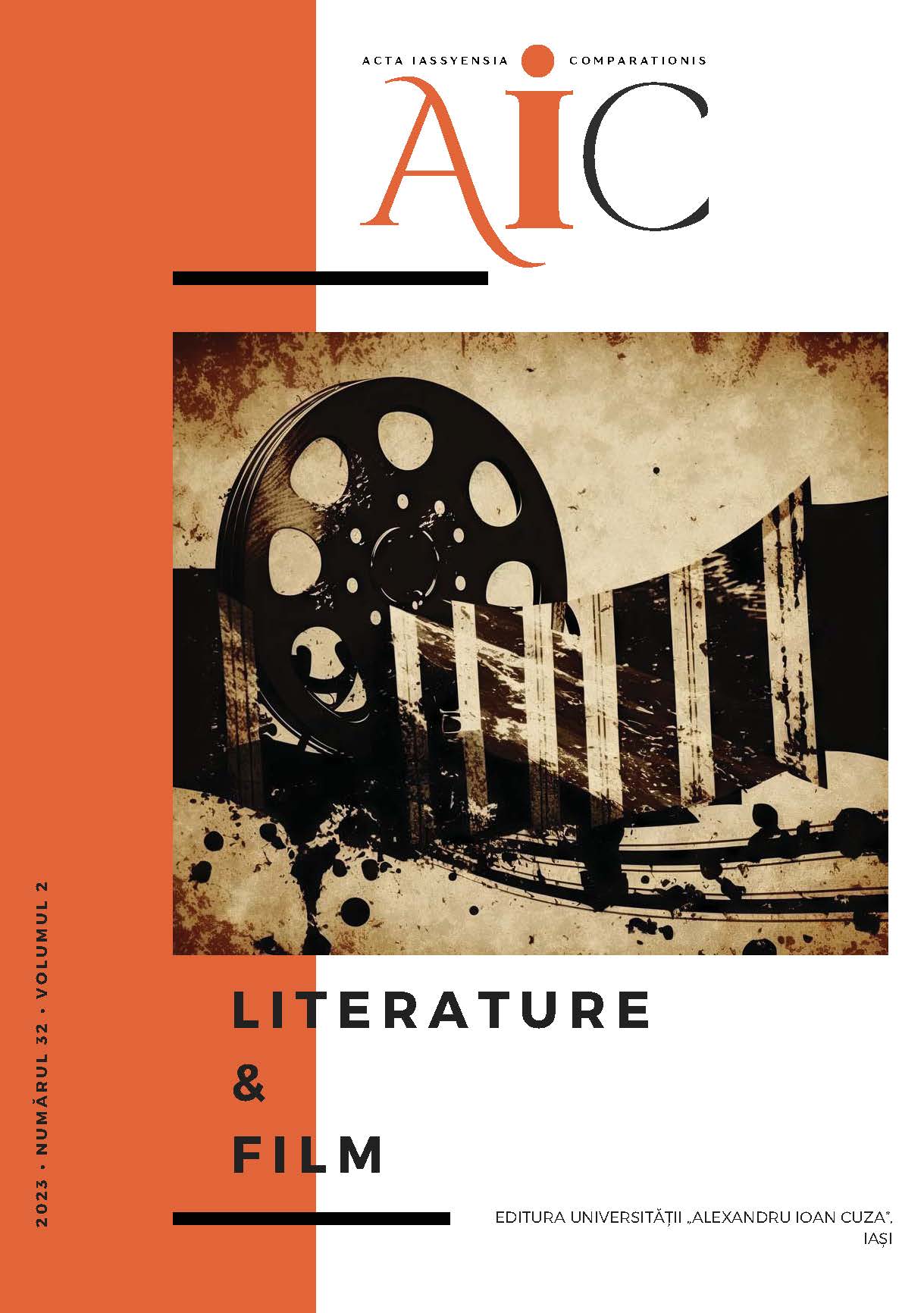L’esthétique de la synesthésie dans Tous les matins du monde de Pascal Quignard, roman et film
The Aesthetics of Synaesthesia in Pascal Quignard’s Tous les matins du monde, Novel and Film
Author(s): Dora LEONTARIDOUSubject(s): Studies of Literature, Film / Cinema / Cinematography
Published by: Editura Universităţii »Alexandru Ioan Cuza« din Iaşi
Keywords: Quignard; novel; film; synesthesia; French literature; 20th century;
Summary/Abstract: The award-winning and commercially successful film Tous les matins du monde (All the mornings of the world), realized in France in 1991, is the outcome of a collaboration between the well-known novelist Pascal Quignard, the director Alain Corneau, and the musician and international baroque music specialist Jordi Savall. Four art forms, namely literature,cinema, music, and painting, contributed to the realization of the aesthetics of synesthesia in the novel and the film. The plot highlights two French composers and viola da gamba players from the 17th century. Monsieur de Sainte-Colombe, who held anti-absolutist views, declined the invitation from the king Louis XIV and refused to be introduced to the royal court. His pupil, Marin Marais, went on to build his career in the court of Louis XIV. The tension between their political attitudes also leaves its mark on their musical composition. The film allows for the performance of baroque music pieces and the presentation of paintings by Lubin Baugin. Additionally, there are reminiscences of works by La Tour,Le Nain, and other painters from the same period. The article explores the effects of the aesthetics of synesthesia in both the novel and the film.
Journal: Acta Iassyensia Comparationis
- Issue Year: 2/2023
- Issue No: 32
- Page Range: 15-28
- Page Count: 14
- Language: French

